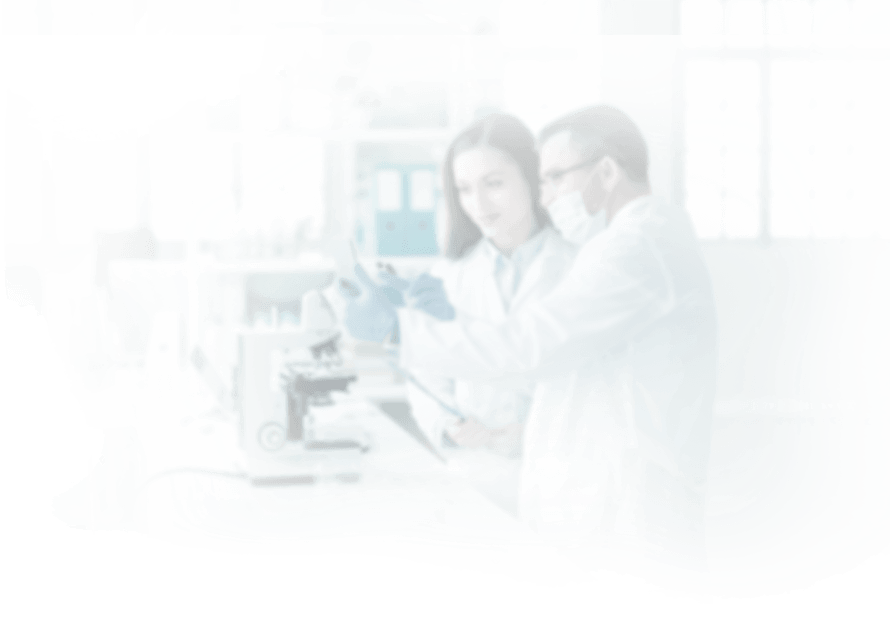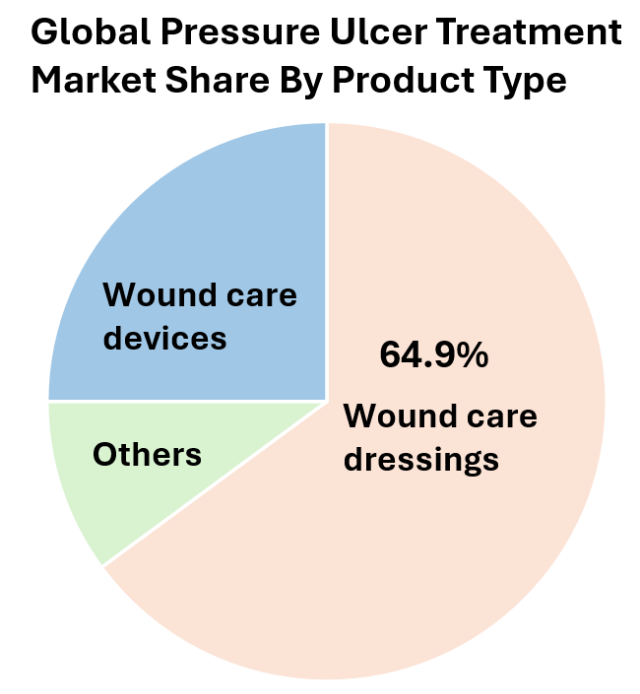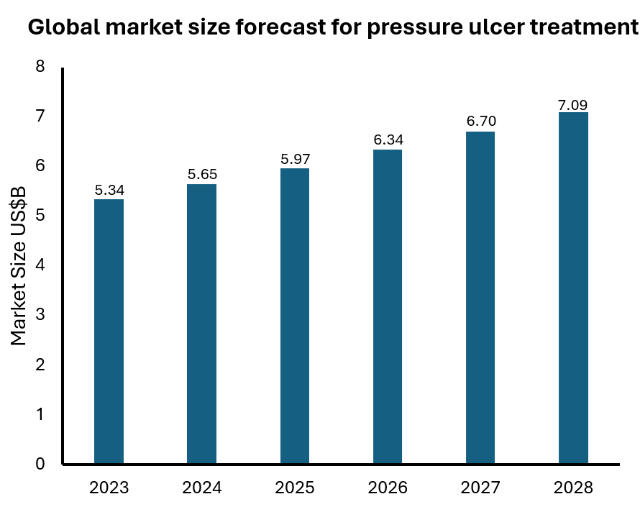GM-XAN002

**R&D Progress**
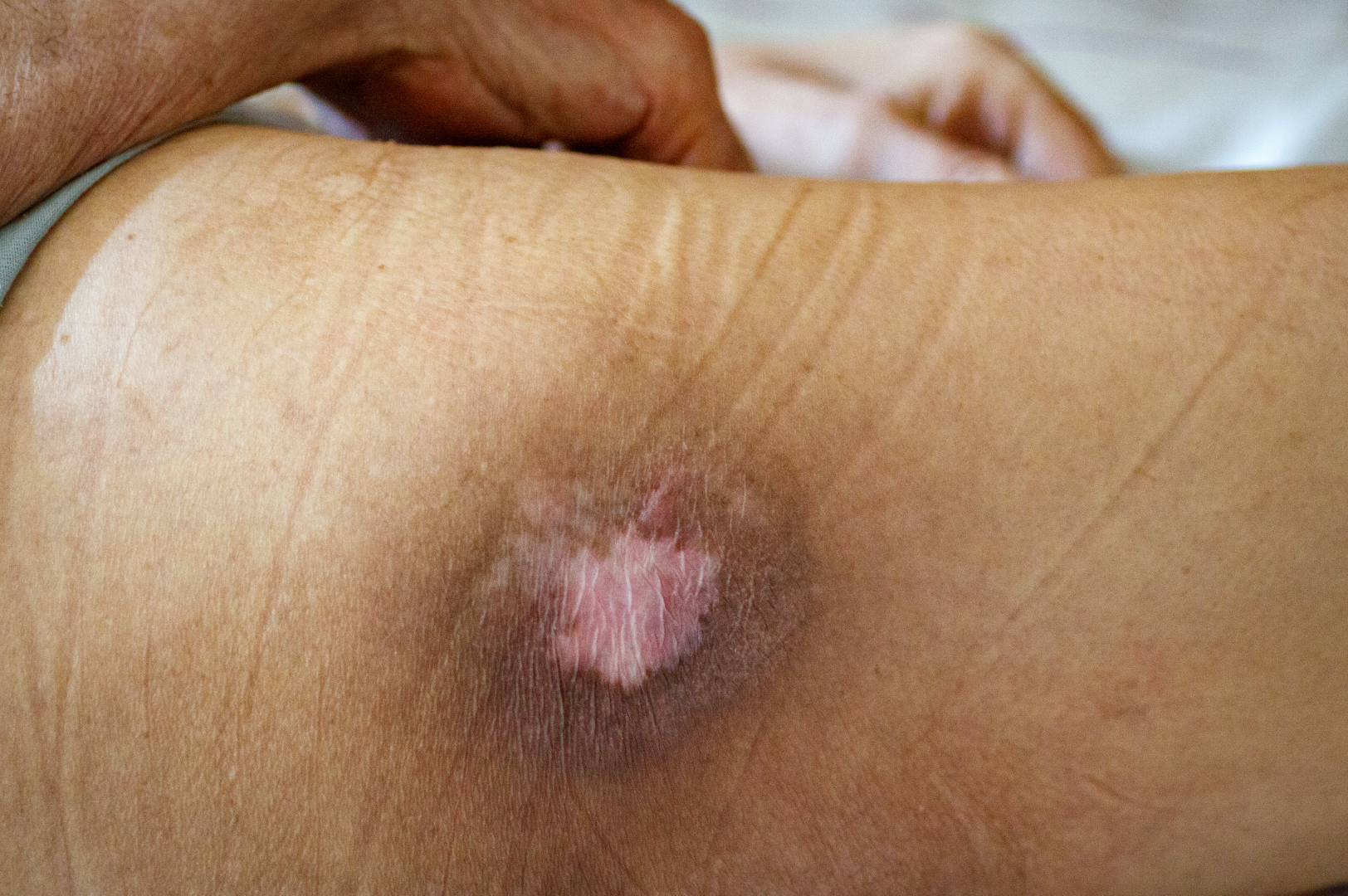
**Introduction to Pressure Ulcer**
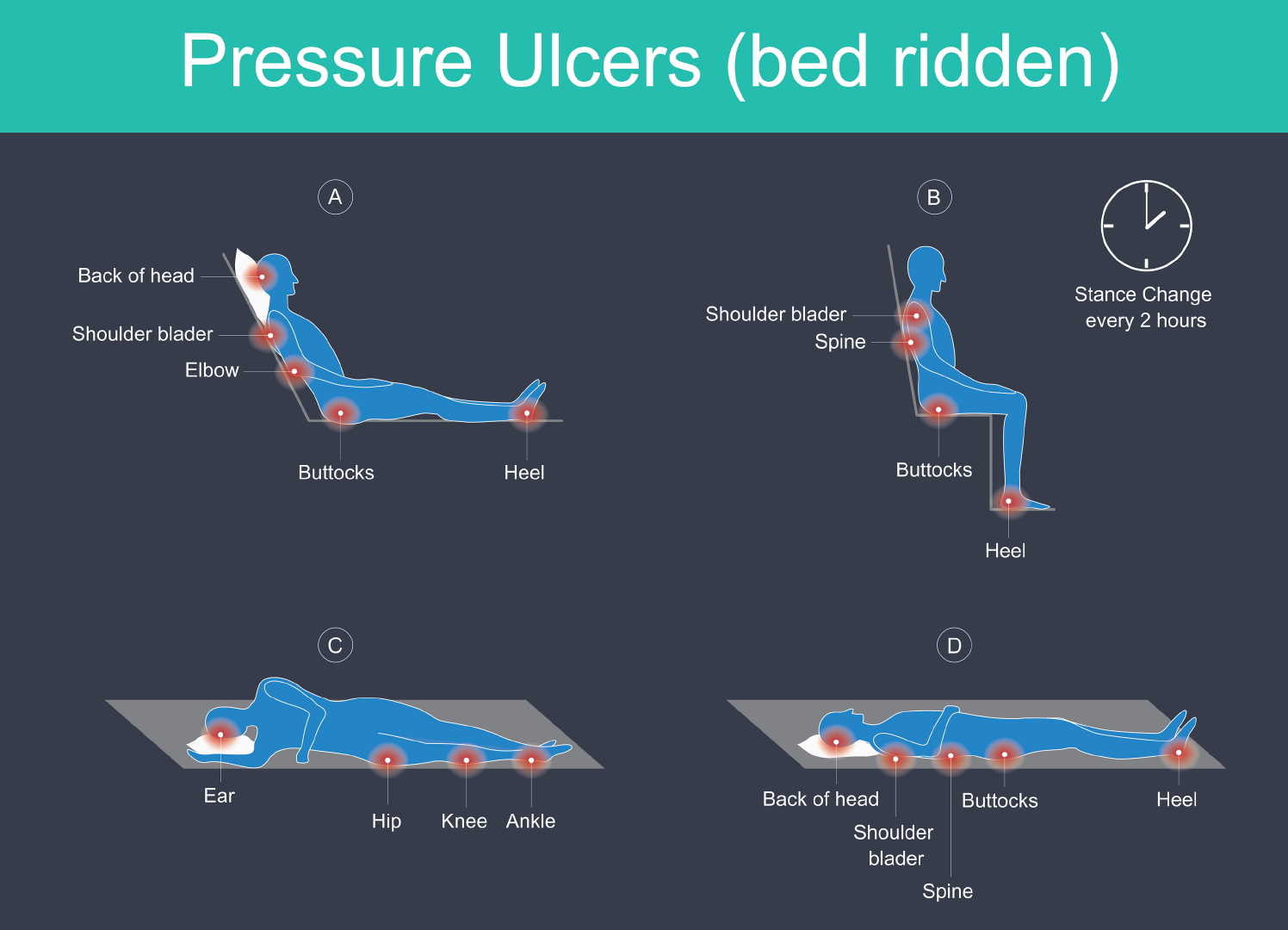
Current treatment modalities include the use of assistive devices to reduce pressure on affected areas. Wound care involves the application of antibacterial dressings containing silver ions or other antimicrobial agents to prevent infection. Hydrogels are also used to maintain wound moisture and facilitate tissue regeneration. Severe wounds may require medical facilities for interventions like hyperbaric oxygen therapy or negative pressure therapy to promote vascularization and tissue regeneration. However, commonly used dressings or medications only address infection prevention or wound moisture and fall short in actively promoting wound healing. Additionally, hyperbaric oxygen or negative pressure therapy, while effective, requires hospital visits, posing challenges for patients with mobility issues.
In the new drug development, there is biopharmaceutical utilizing human recombinant proteins to stimulate tissue growth, but currently, this is available for sale only in Japan.
Hence, existing medications in the market fall short of meeting the demands, and patients still require a drug that not only promotes wound healing but is also safe for long-term use.
**Market Overview**
It has been reported that the hospital-acquired pressure injury prevalence rate is 12.8%, and the prevalence and incidence of pressure ulcers are increasing due to an aging population and a rise in the number of individuals with chronic conditions and disabilities. According to the market analysis report of Mordor intelligence, the global market size for pressure ulcer treatment was valued at USD 5.34 billion in 2023, and it is estimated to reach USD 7.09 billion in 2028 at a compound annual growth rate (CAGR) of 5.75%. North America is the largest market and accounted for 35% of the global sales in 2021 for pressure ulcer treatment, followed by Europe (Transparency market research 2022). By product type, the wound care dressings segment held the largest market share of 64.9% in 2018 (Fortune Business Insights 2018).

